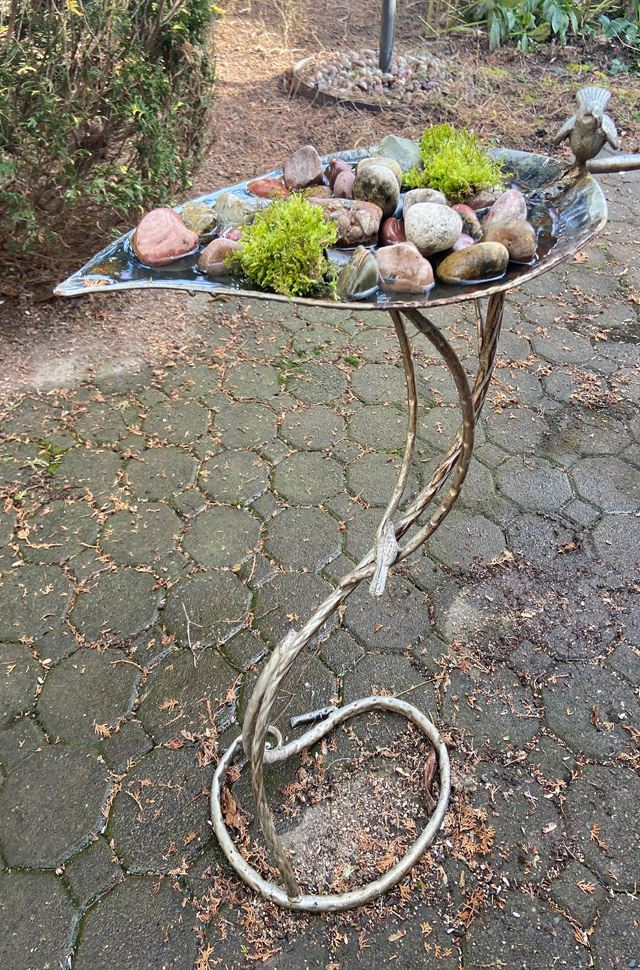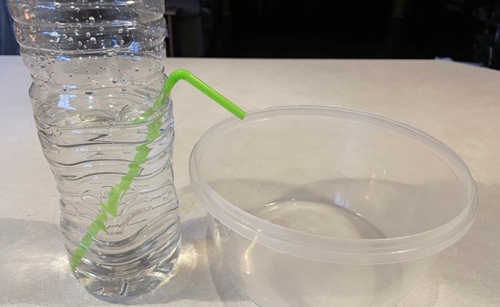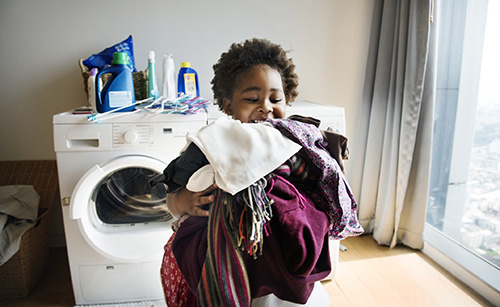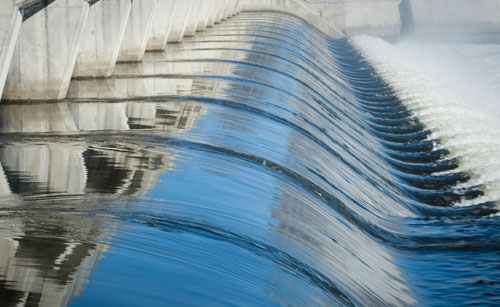Instructions
Ready to get started with this activity? To keep track of your progress, check off the instructions for each step below as they are completed. Make sure to check the box of the last step when you’re done to receive congratulations for your completed activity!
Consider this:
Honey bees (Apis mellifera) need water just like you and me. They drink water, of course, but they also use it in their hives. Not all hives are located near natural sources of water, however. Scientists believe that bees probably find most of their water by scent rather than sight, so a water source with a smell will be more attractive. Water that smells like wet earth, moss, aquatic plants, or even worms, has a better chance of attracting a bee than clean water from the tap. Dirty water sources have the added advantage of containing a wide range of nutrients, such as vitamins and micronutrients, which can boost honey bee nutrition.
Some people plant pollinator gardens or put pots of flowers on their patio. Why not build a bee drinking fountain to quench their thirst and help with the chores in the hive? Bee water stations can be complex and fancy or simple and affordable. Here are some ideas on what materials to use for a honey bee drinking fountain:
- Hummingbird feeders not only help the hummingbirds but also give bees a drink. Feeders usually cost less than $20 and are easy to maintain.
- Birdbaths can make a great water resource for honey bees and birds, though birds like deep, clean water and bees need shallow, dirty water. To convert a birdbath to a bee bath, add pebbles, marbles, rocks, moss, or sponges to the birdbath basin so the bees have a place to stand. You can also add a little soil for nutrients.
- Thrift Store Dinner Plate – just add marbles! Find a fancy plate, or one that appeals to you, add water and marbles and place it on your patio. The bees will have access to the water and the marbles provide a surface for them to walk on and not drown.
- A small gravity-fed pet feeder is another option for less than $20. Most small gravity feeders hold about a gallon of water and will refill the basin as the water evaporates and is consumed by the bees. Be sure to add rocks, moss, and dirt.
- Feed Stores carry poultry drinkers, which are a bit more expensive than the gravity-fed feeder but hold more than one gallon of water. This option needs marbles or pebbles in the water trough, however, but as an added bonus its hardy handle provides an option to hang the water instead of setting it on the ground, railing, or table.
- Simpler still, grab a bucket, fill it with water, then float a couple of sponges in it!

- Did you know that bees use water as air conditioning for the hive during summer? It’s true! On hot days, bees spread a thin layer of water around the bee larvae and pupas and fan it with their wings. As the water evaporates, it cools the baby bees and cools the hive. Nurse bees feed the larvae a diet of water, pollen, nectar, and royal jelly. This mix can be up to 80% water on their first day.
- In the winter, bees use water to dilute the honey that they eat, which sometimes gets too thick and crystallizes. Bees will gather just enough water to thin the honey so its drinkable.







